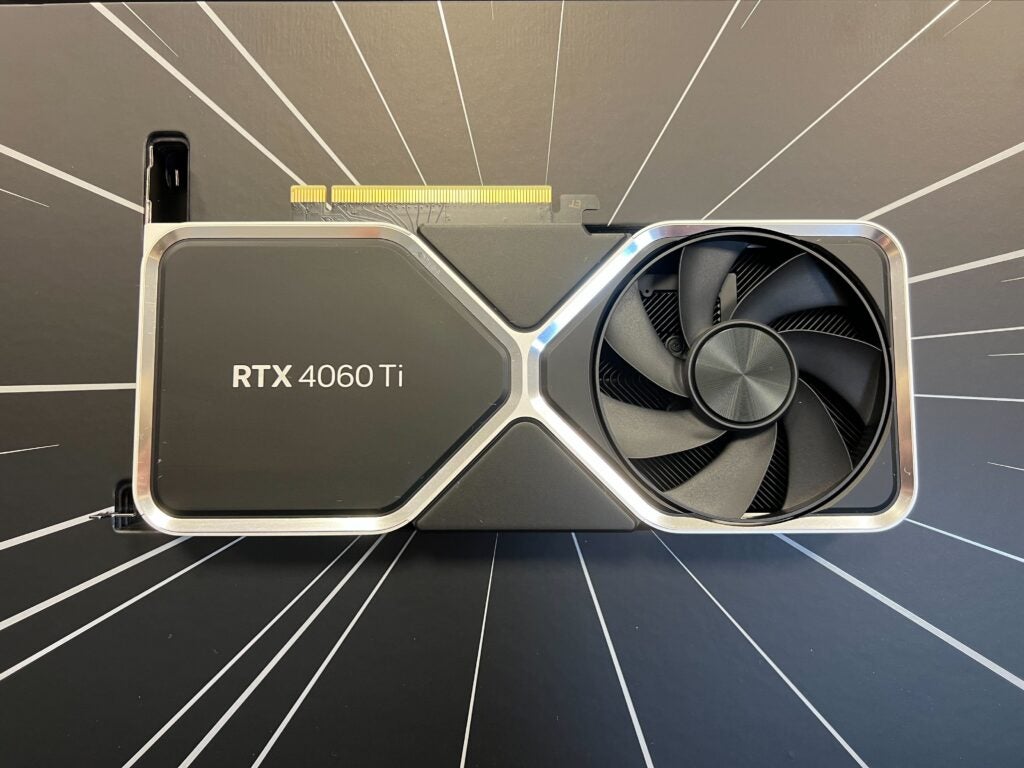Every single laptop has some form of GPU. Without one, it would be incapable of displaying any image on the screen, be it a photo, game or even your Windows homescreen.
There are two different forms of GPUs, coming in both iGPU (integrated GPU) and dGPU (discrete GPU) flavours. We’ll be covering the key differences in this guide, so you know which is the best option for you.
iGPU shares the same chip as a CPU
The most important thing to know about an iGPU is that it shares the same die as a CPU, rather than occupying its own dedicated chip. You can find an iGPU on the vast majority of Intel Core and AMD Ryzen processors, especially on portables such as a laptop.
There are plenty of benefits to having the CPU and GPU share the same chip. They generally consume less power than having two separate processors, helping to improve battery life for portables. This is a big reason why portables such as the Nintendo Switch use integrated graphics instead of a separate discrete graphics chip.
Laptops will generally be lighter when using integrated graphics too, as the cooling solution doesn’t have to be quite as sophisticated. This is a big reason why gaming laptops (which usually have discrete graphics) will weigh a lot more than laptops such as the Dell XPS 13 and MacBook Air.
Discrete GPUs occupy their own bespoke chip
A discrete GPU occupies its own chip, and so does not share the same die as a CPU. This allows the GPU to have its dedicated memory, and additional space for the chip maker to fit more transistors and cores to increase the performance ceiling.
When speaking of desktop PCs, a dGPU will be found inside the graphics card, which will have its own built-in memory and cooling system. For laptops, the dGPU takes the form of a chip, separate to that of the CPU. A laptop with a dGPU will generally have a superior graphics performance to a laptop with an iGPU, although there are of course exceptions.

The vast majority of gaming laptops will have a dGPU, typically supplied by AMD and Nvidia. There are plenty of dGPU chips to choose from, with the AMD Radeon RX 7600M XT and Nvidia RTX 4090 being two of the most powerful mobile options in 2023.
Discrete GPUs typically offer a better performance
If you’re looking for a Windows laptop with a powerful graphics performance, you’ll want to make sure it has a dGPU instead of an iGPU. Our testing shows that laptops with a dGPU will consistently outperform those limited to an iGPU, both in terms of synthetic benchmarks and real-world use for gaming and content creation applications.
For example, the Acer Swift Go 14 has a powerful processor in the form of the Intel Core i7-13700H processor, but relies on this chip’s iGPU for its graphics performance. When running the 3DMark Time Spy benchmark, which measures graphics performance, it achieved a score of 2028.
Let’s compare that score to the Asus TUF Gaming A15 (2023), which has a less powerful CPU in the form of the AMD Ryzen 7 7735HS. This laptop does not rely on the iGPU for its graphics performance, instead featuring an Nvidia RTX 4060 GPU chip that achieved a 3DMark Time Spy score of 10,078 – this suggests the graphics performance here is 5x better than that of the iGPU of the Acer Swift Go 14.
The substantially superior graphics performance emphasises that a dGPU is required for demanding video games and creative workloads such as photo/video editing. The biggest exception to this rule can be found with Macs, as Apple’s M1 and M2 processor ranges have such powerful iGPUs that they can compete with the power of a dGPU.
The Mac Studio (2023) is powered by an M2 Ultra processor, with its iGPU achieving a score of 981 in the graphics-focused PugetBench for Adobe Premiere Pro benchmark. In comparison, the Razer Blade 16 only achieved a score of 601 in the same test, despite packing the Nvidia RTX 4090 GPU. So even though Apple’s Macs no longer use dGPUs, they’re still considered to be some of the faster systems available for graphics workloads.









